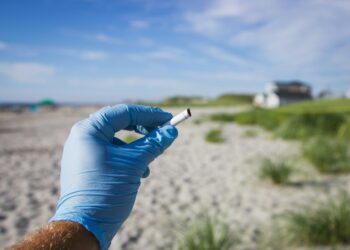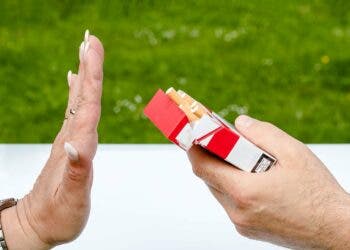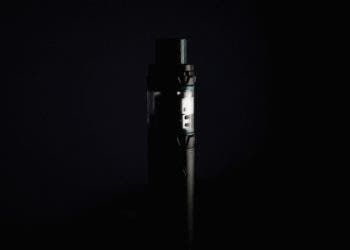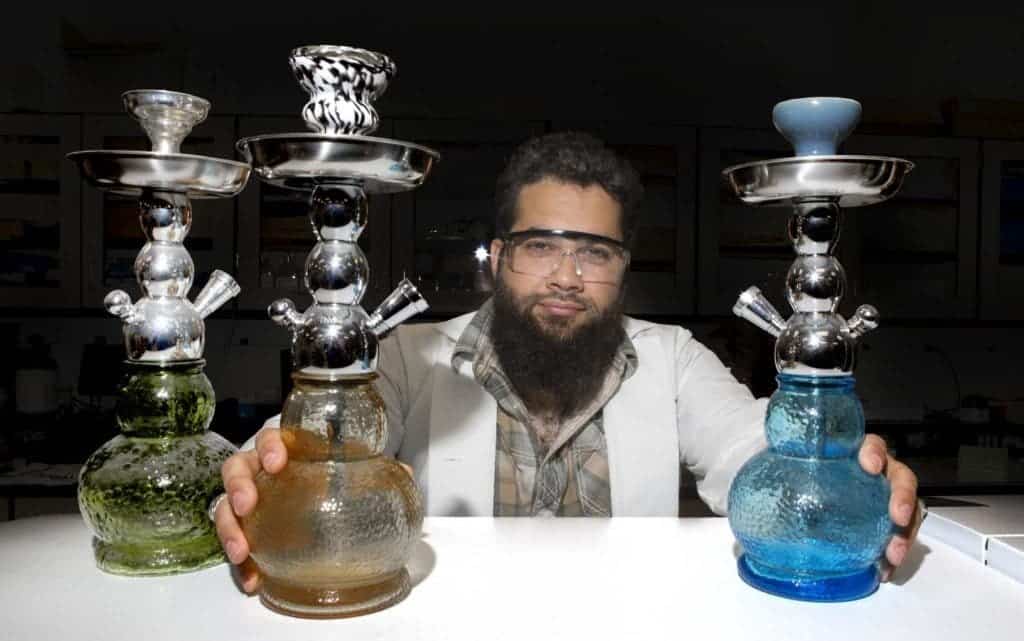
The health risks of smoking flavorful tobacco with hookah pipes are grossly understudied despite more and more people smoke this way. There’s this impression that smoking hookah is harmless or far less damaging than smoking cigarettes but the reality is that we don’t know too much. If you do smoke hookah you might want to know that more ‘high-tech’ options such as heating the tobacco with electronic charcoal kills 70% more lung cells than traditional charcoal, according to a recent study.
Smoking tobacco through a water pipe called hookah is a practice that’s centuries old. It first appeared in southeast Asia, then spread across the Middle East and now you can find people smoking hookah in front of cafés all over the world.
Hookah pipes burn real tobacco, usually mixed with glycerine and flavorings. Recently, however, people have started lighting their pipes with electric heating disks sold in most tobacco shops instead of the traditional charcoal briquettes.
Ryan Saadawi, a graduate student at the University of Cincinnati, wanted to investigate how two different types of commercially available charcoal fair in terms of their effects on health. He also included e-charcoal in the study as a control because it’s a different heat source, but the control eventually became the highlight of the study.
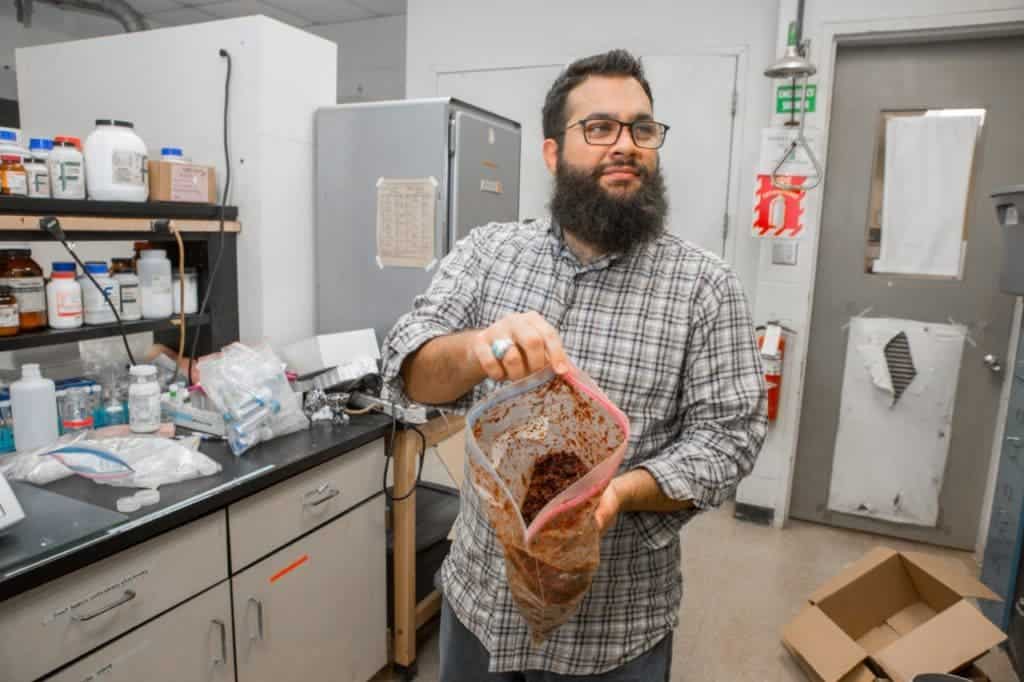
Saadawi and colleagues subjected lung cells to extracts from various hookah smoke at different solutions then analyzed the damage. The analysis revealed that one of the charcoals had a higher concentration of heavy metals like cadmium or arsenic and killed about 25 percent of the lung cells.The other lower-toxin charcoal killed 10 percent of the lung cells after 48 hours. The e-charcoal, however, caused 80 percent of the lung cells to die.
“We’re never supposed to be surprised in science. I was shocked and excited to open a whole new field of research just based on temperature,” said Saadawi.
“The results didn’t make sense. My hypothesis was to find more dead lung cells in toxic charcoal,” he said.
Half-speculating, the researchers think what killed the lung cells were volatile organic compounds like polycyclic aromatic hydrocarbons which are released when tobacco burns. These are linked with a variety of cancers. Saadawi and colleagues will investigate which family of hydrocarbons is most harmful in an upcoming study.
Both pipes initially heated the tobacco to 300 degrees Celsius but the e-charcoal kept the tobacco blazing for longer. The traditional charcoal drops in temperature after every inhalation but the e-charcoal seems to keep the flavored tobacco at a constant high temperature which might be the root cause of this discrepancy.
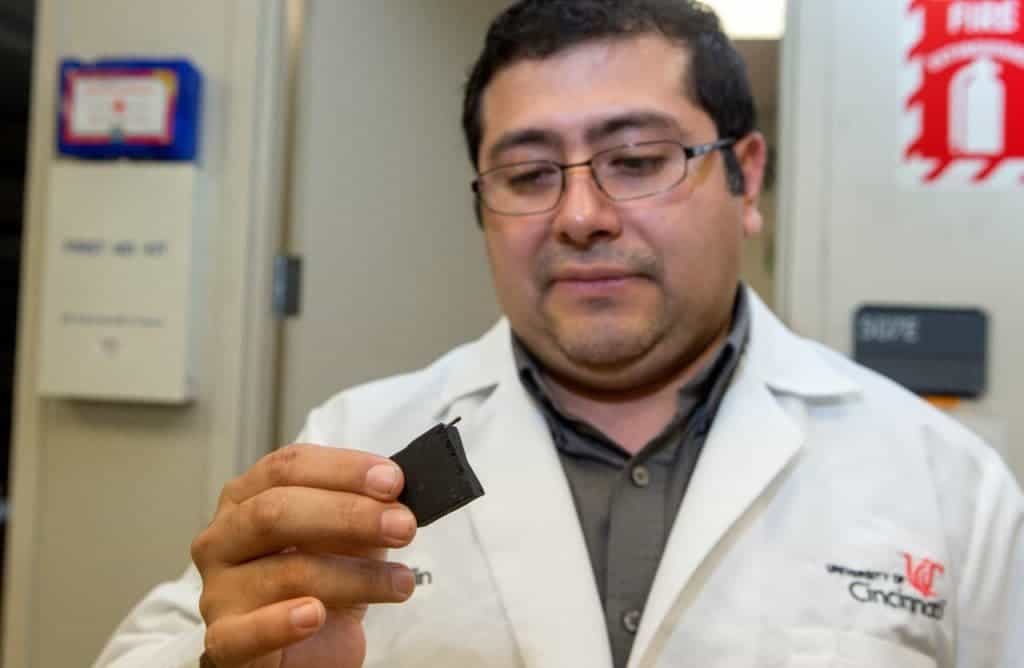
According to a 2014 study, one in five high school students had smoked hookah pipes at least once the previous year. The same study found many adolescents believed hookah tobacco was less harmful and addictive than cigarettes, something that’s never been proven.
“It’s not an easy question to answer: which one is worse?” Saadawi said, who is a former smoker. “If you wanted to really answer it, you’d have to do many more studies.”
“I do not condone any smoking. I’m not saying quit smoking cigarettes and start hookah,” he said. “All smoking is bad for you.”
It doesn’t help that there’s incredibly much variability in smoking hookah pipes compared to cigarettes.
“They say the dose makes the poison. The dose is really a huge part of it,” said associate professor Michael Borchers, . “If you just nip at it for 20 minutes, you’re probably not going to smoke a cigarette’s worth of tobacco. But if you take lots of deep draws, you’ll smoke three cigarettes’ worth.”
It wasn’t until last year that the U.S. Food and Drug Administration started regulating tobacco for hookahs. This timely study means more oversight, at least for the e-charcoals, might be required.
The findings appeared in the journal Pediatrics.
